Species of Local Sea Fish
Those looking forward to a holiday in Cornwall may find themselves enthralled by a few various entertainments. However, nothing satisfies the soul of the traveller, quite like the sound, sight, and smell of the sea. Any fisherman hoping to sail the waves and bring back supper should take note of the seven local species of fish available off the coast of Cornwall.

The Blue Shark
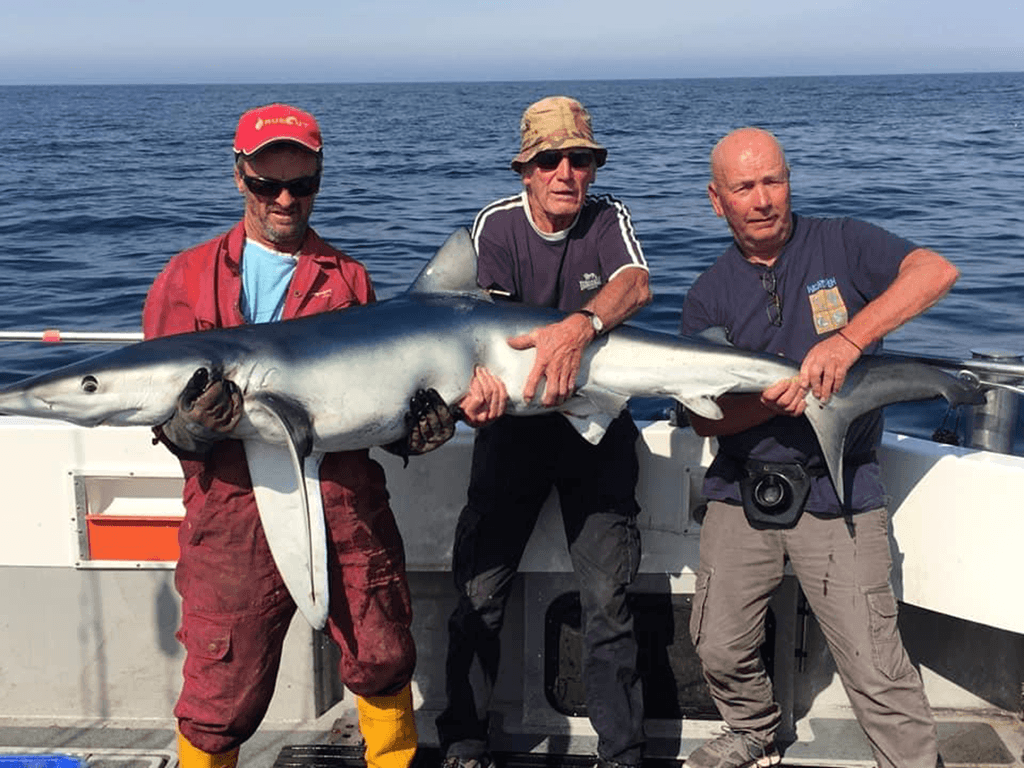
The Blue Shark is a predatory species found around the Cornish coast. Weighing up to 150lbs, this shark can be found in nearly every part of the ocean, all across the world.
They are deep swimmers that often feast on schools of fish, or the occasional unlucky squid. They prefer warm water, so they can't be found in the polar and arctic waters, but in the warm waters off the coast of southwest England.
PollOck
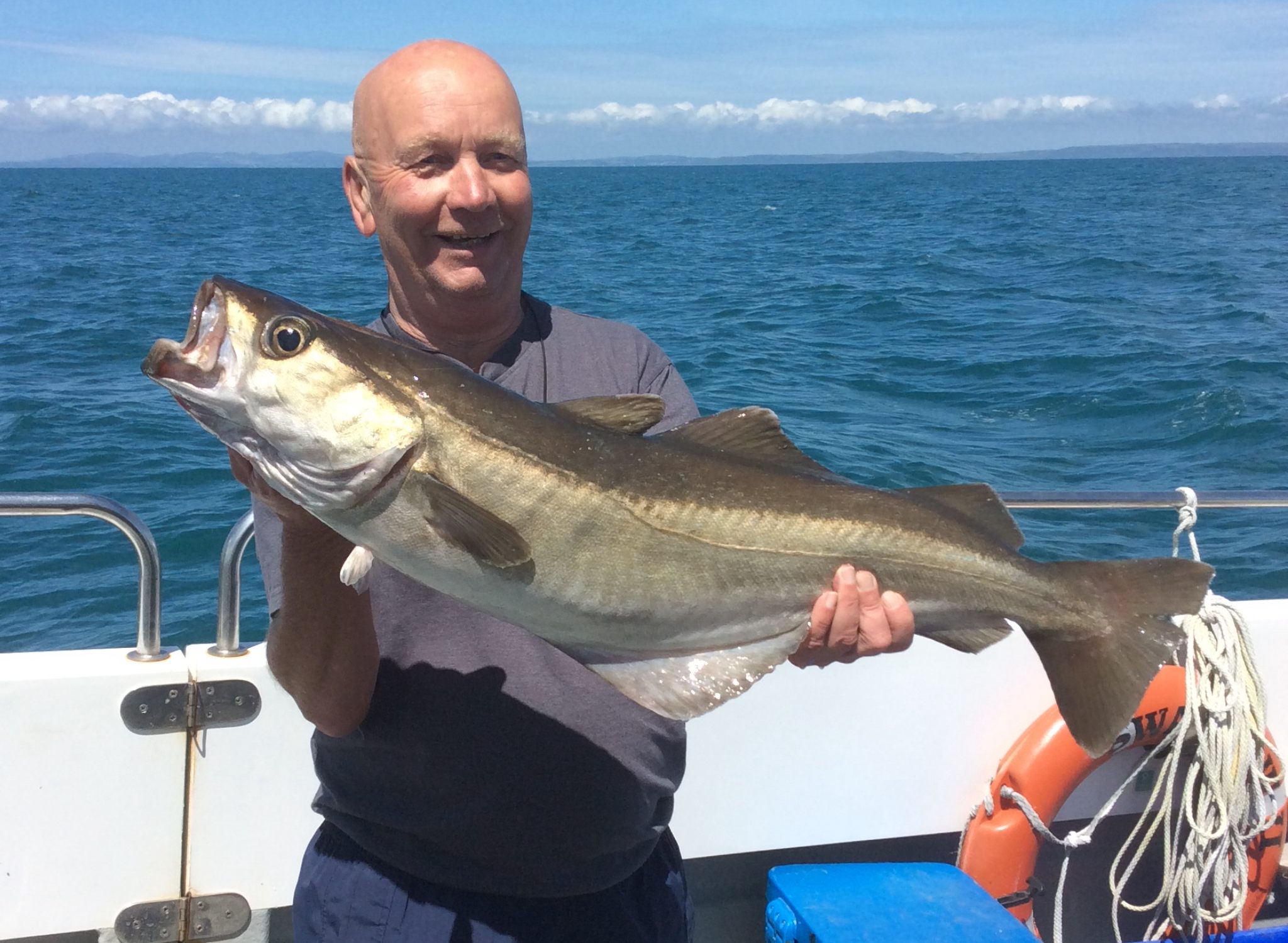
The Pollock is also a predatory fish, though it typically only weighs about 17lb, making it a far less imposing predator than the Blue Shark.
Interestingly, Pollock do not adhere to a specific feeding level. They neither prefer to feed on the bottom of the ocean floor nor cruise the mid-waters for schools of fish. They feed throughout all levels, meaning they could have crabs on the seabed for breakfast, and small sprats near the surface for lunch. The ocean is just a multi-level buffet for the Pollock.
Bream
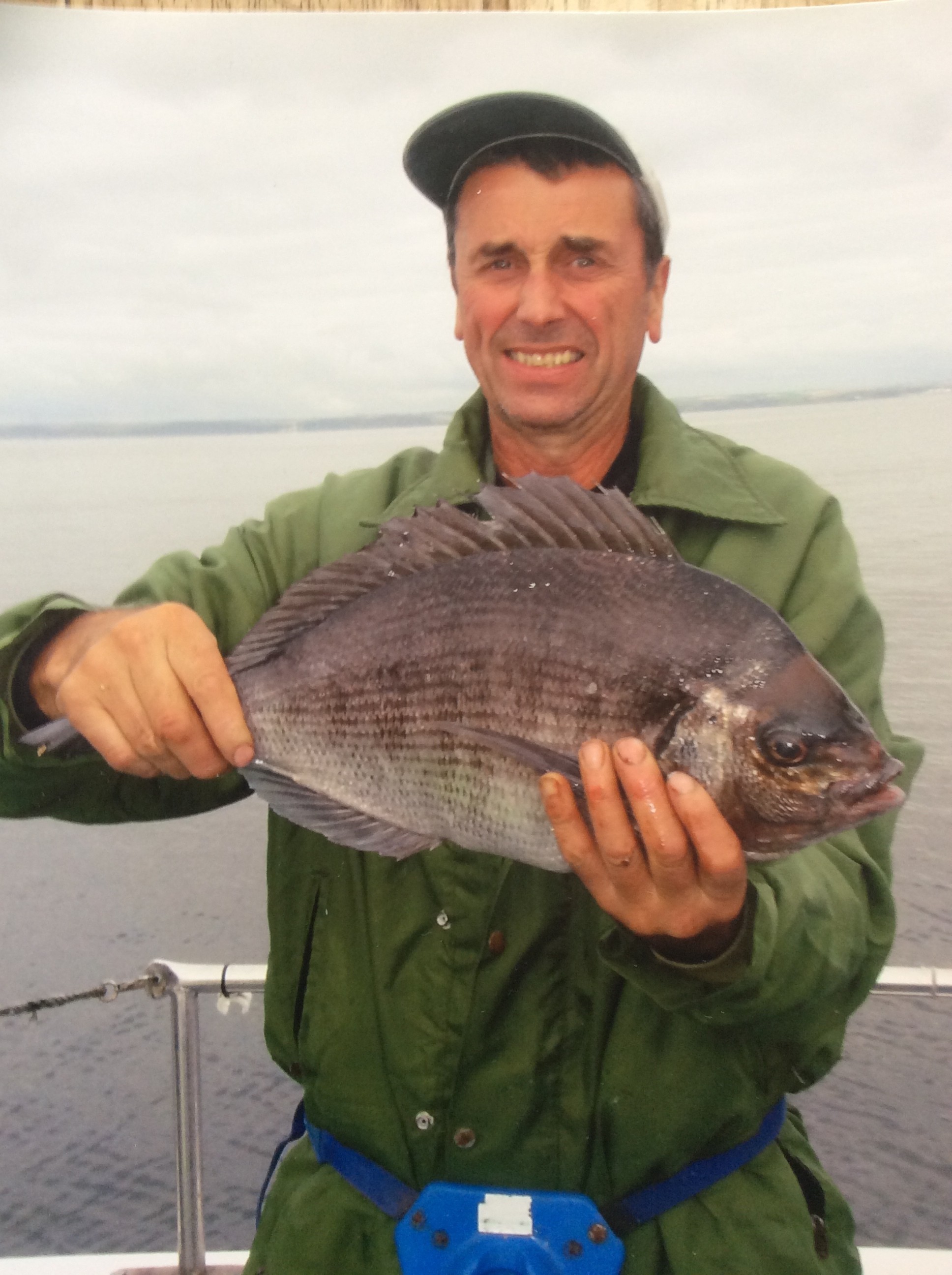
The types of bream available across the world are nearly equivalent to the types of crisps available around the world. Essentially, there are hundreds of different varieties. However, for those fishing in British waters, there are only two possible Breams on the horizon - R ed Bream or Black Bream.
Considering their relatively small size, 2lbs to 5lbs, you could make a game of seeing which colour you could catch more of, without capsizing your vessel.
Conger Eel
If you're the type who likes to fish over wrecks, you may find yourself in a slippery situation. Conger Eels can weigh up to 70lbs, making them a surprisingly hefty catch out at sea!
These massive eels can also be found on the shore, though they tend to be far smaller than their seaworthy counterparts.
John Dory
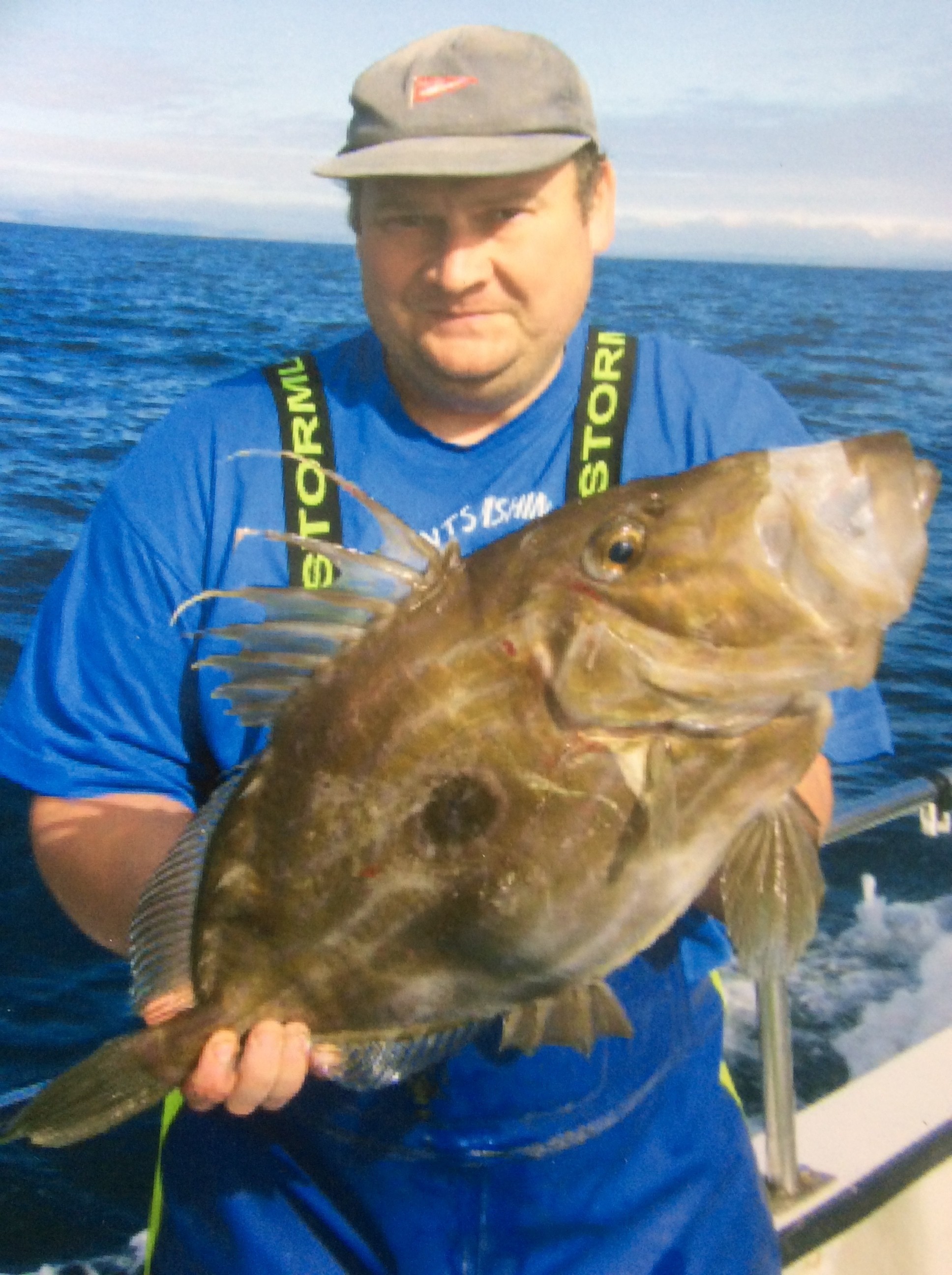
The John Dory may seem a little spritely, at only 6lbs in weight. Don't let the size of the John Dory fool you! It is a predatory fish that does not tolerate others very well.
Most John Dory fish live nearly solitary lives. The only respite from their solitary natures arrives when they are very young and small. Unable to adequately protect themselves, small John Dory fish have been known to form small communities. That is until they are large enough to hunt other fish on their own.
Bass
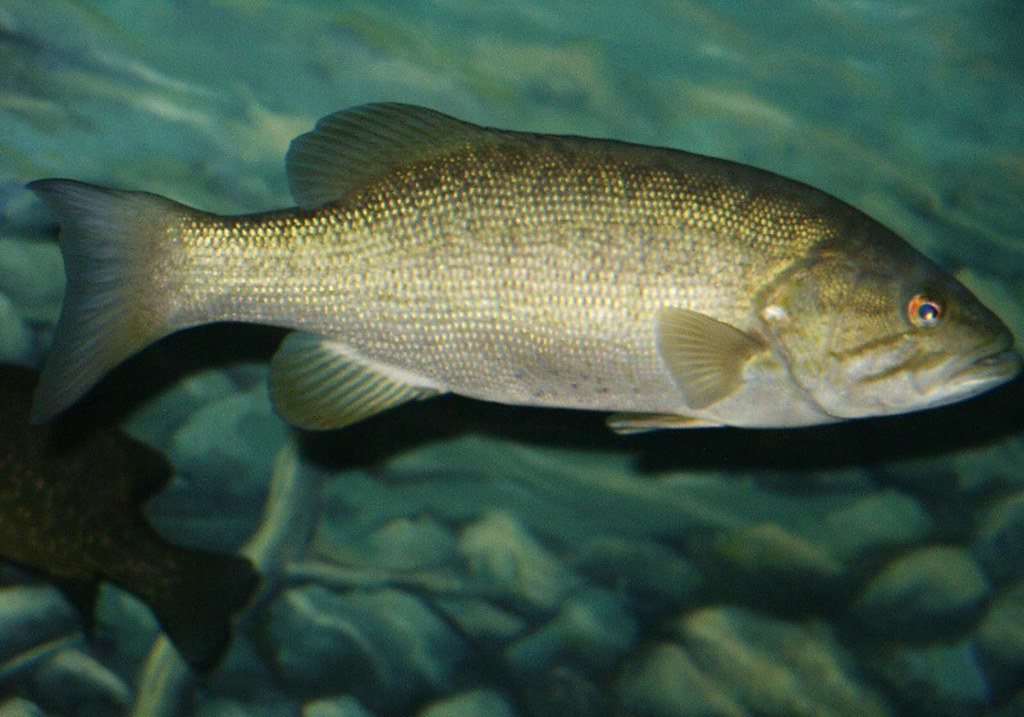
Bass is well known for being revered and desired. There is something about the combative nature of the Bass that makes it far more fun to catch.
Though the weight for this highly-sought fish varies, a typical bass may weigh about 8lbs, and those prize-winning specimens typically weigh at least 10lbs, if not more.
TUb Gurnard
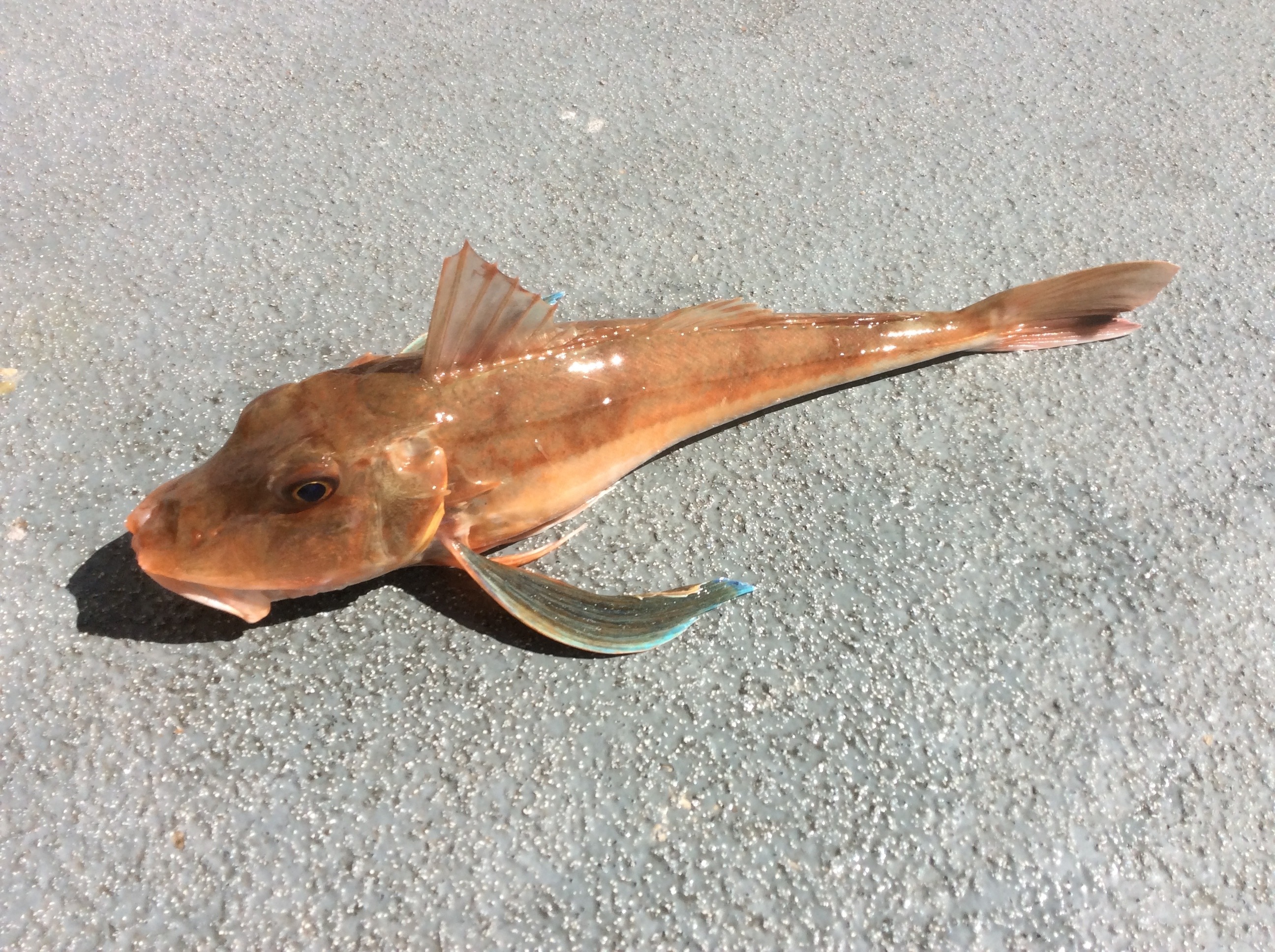
Rub Gurnards are very recognisable with their copper skin and impressive pectoral fins. Though they are sometimes confused with Red Gurnards, another similar species in the family, they have very different fin shapes.
They are predatory, feeding mostly on smaller fish. Gurnards can be found in abundance in our shores, residing at depths of roughly 25 feet.
Thresher Shark
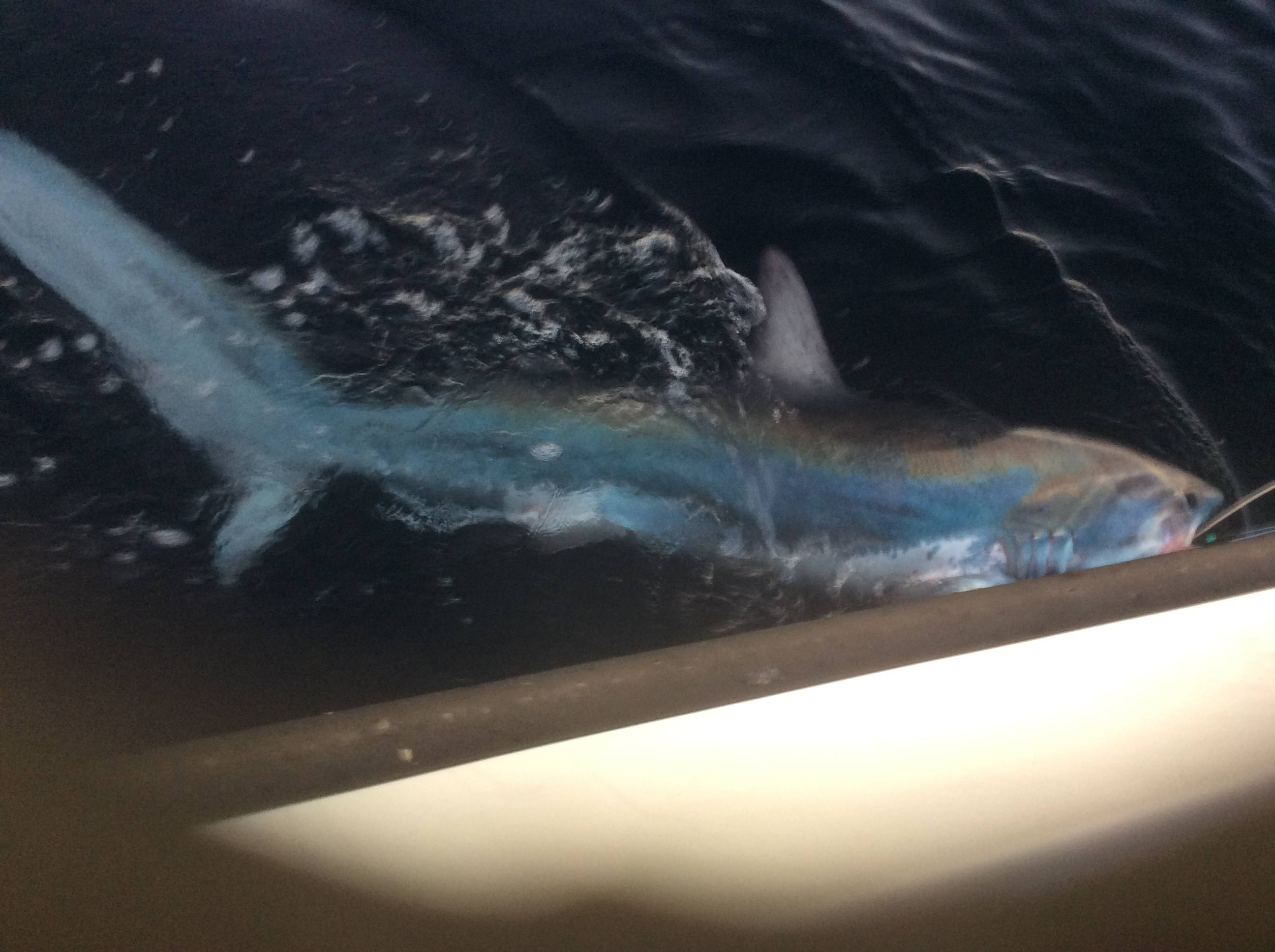
Thresher Sharks are one of the many shark species we have resident in our waters. It's unmistakable by its caudal fin (the top half of the tail), which it also uses to stun and kill its prey.
They can grow up to 5 metres in length and though uncommon, can sometimes be spotted leaping out of the waters in a magnificent aerial display.
Porbeagle Shark
A close-living relative of the formidable Great White Shark, the Porbeagle Shark can grow up to lengths of 3.8 metres, feeding on a variety of species including mackerel, squid and herring. They tend to reside in deeper waters and can be spotted all around our coast in the summer months.
Ling
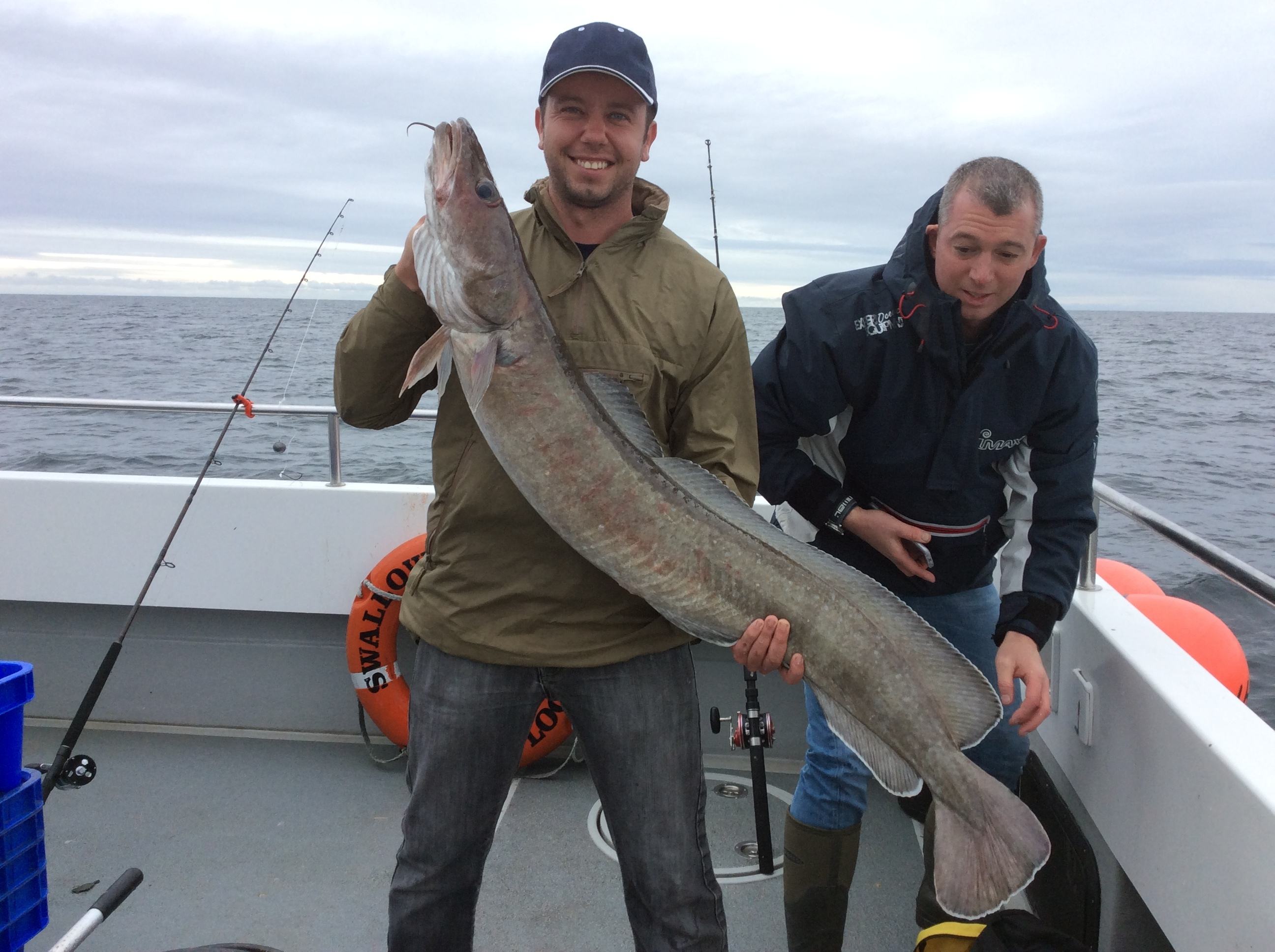
Ling, also known as Common Ling, is a common catch through the year. They are part of the Cod family, characterised by their elongated appearance which looks like a mix of Common Cods and Conger Eels.
Though rarely seen on menus in the UK, they are widely enjoyed in other European countries; their roe is particularly highly regarded.
Cod
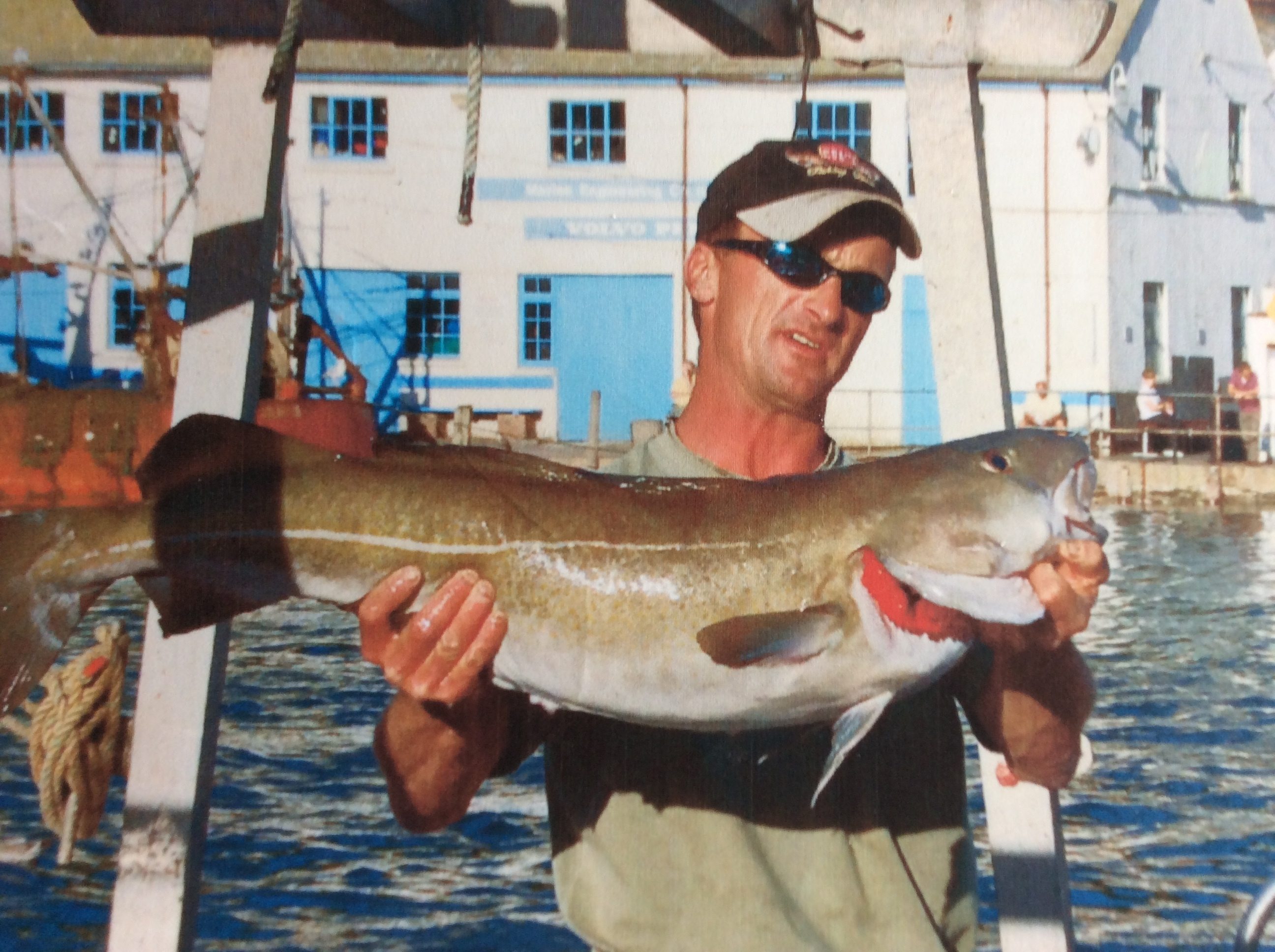
One of the larger species found off the coast of Cornwall is Cod, which are coldwater fish. This means that they are most often found during the fall and winter months. Smaller, younger cod tend to stay close to shore throughout the entire year.
Once a Cod is large enough to fend for itself, it leaves the safety of the shallow shore waters and begins its adventure in the deeper, colder waters of the sea and lives a solitary life. An adult Cod can weigh between 20lbs and 30lbs, which translates to quite a catch and quite a supper.
coalFish
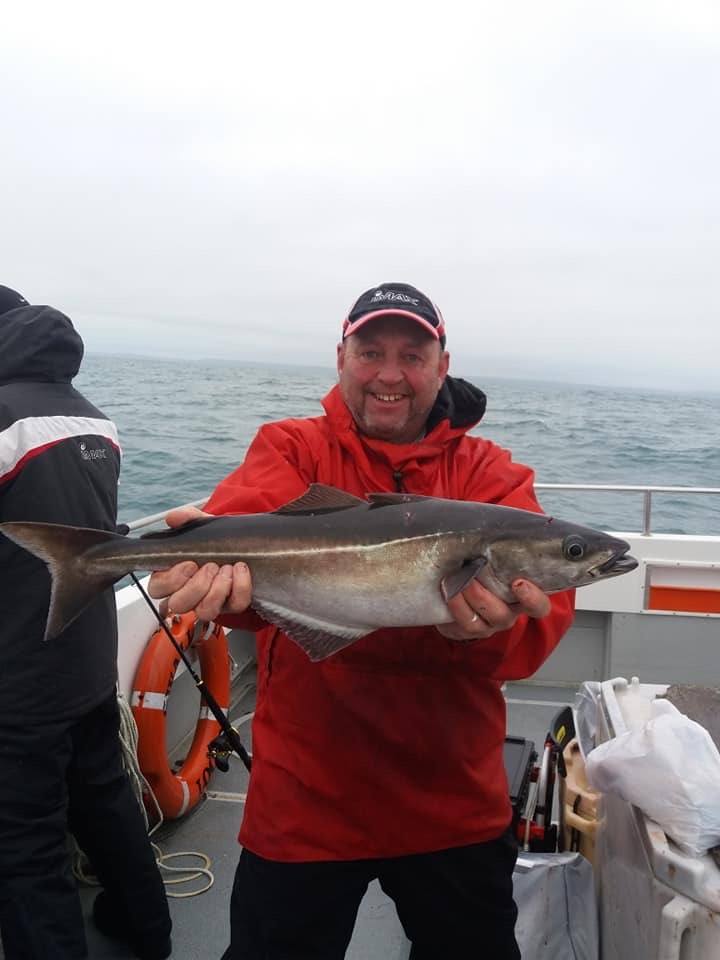
Though shore-caught Coalfish are typically between 2-10 lbs, this predatory relative of the Pollock can grow up to 4ft, weighing in excess of 50lbs.
They are abundant in UK waters throughout the year, more commonly seen in the North Eastern part of the isle. They feed on a mixed diet of smaller fish, crustaceans and marine worms.

Get in touch
Please do not hesitate to get in touch if you have any questions about what we provide!
